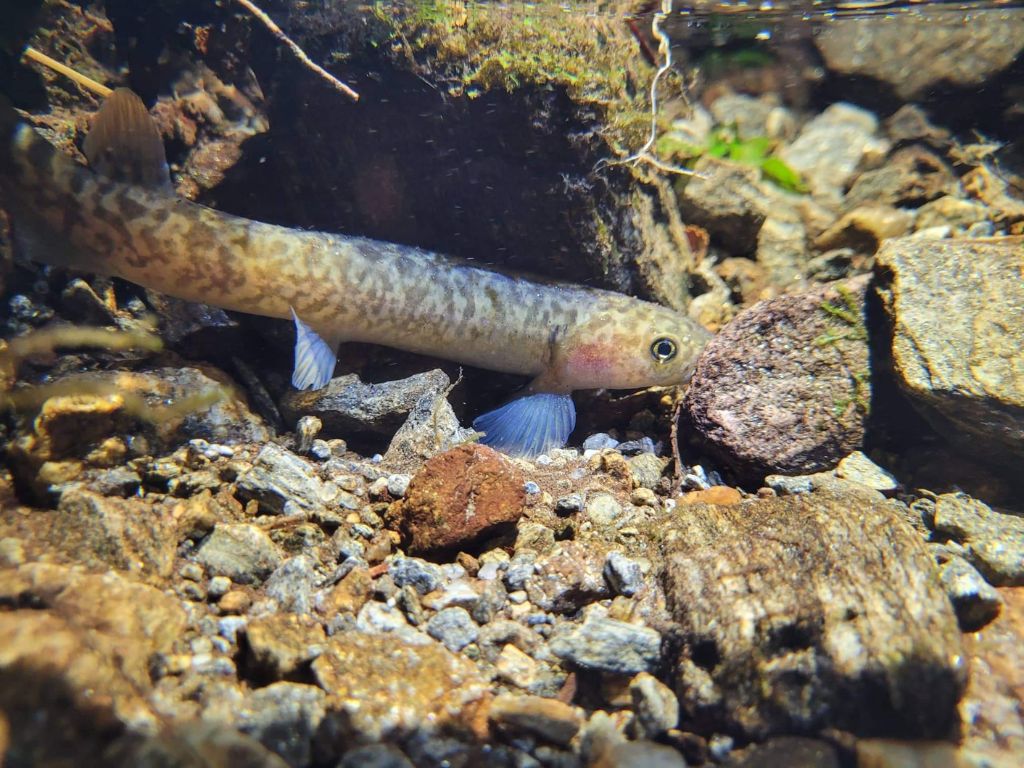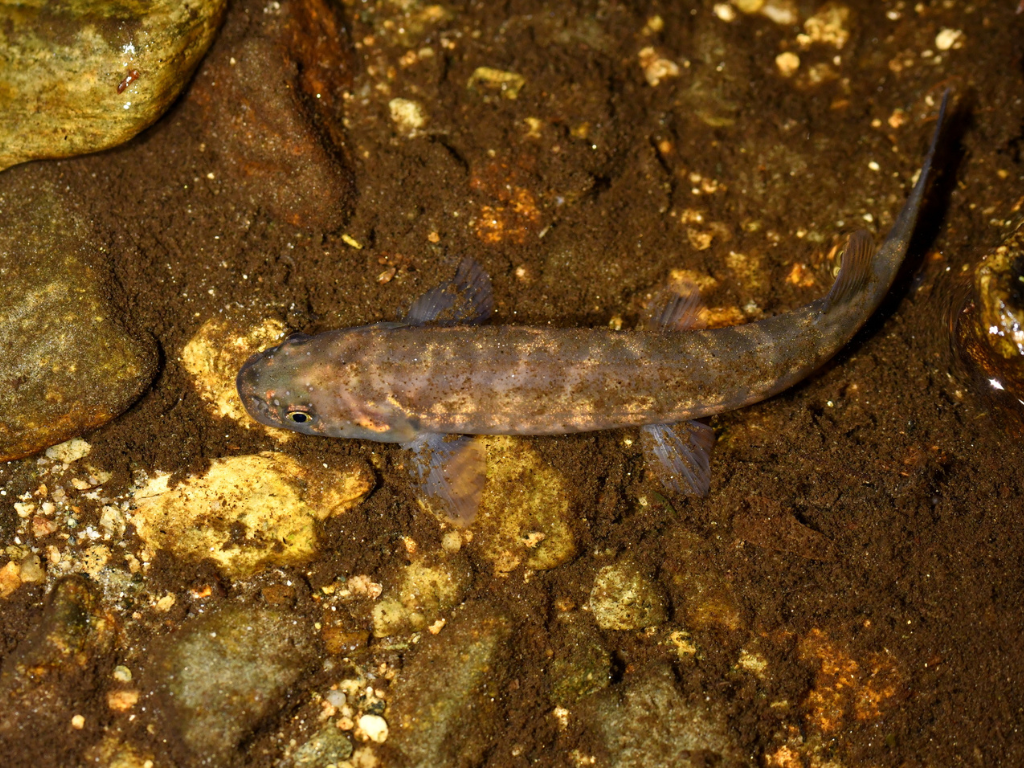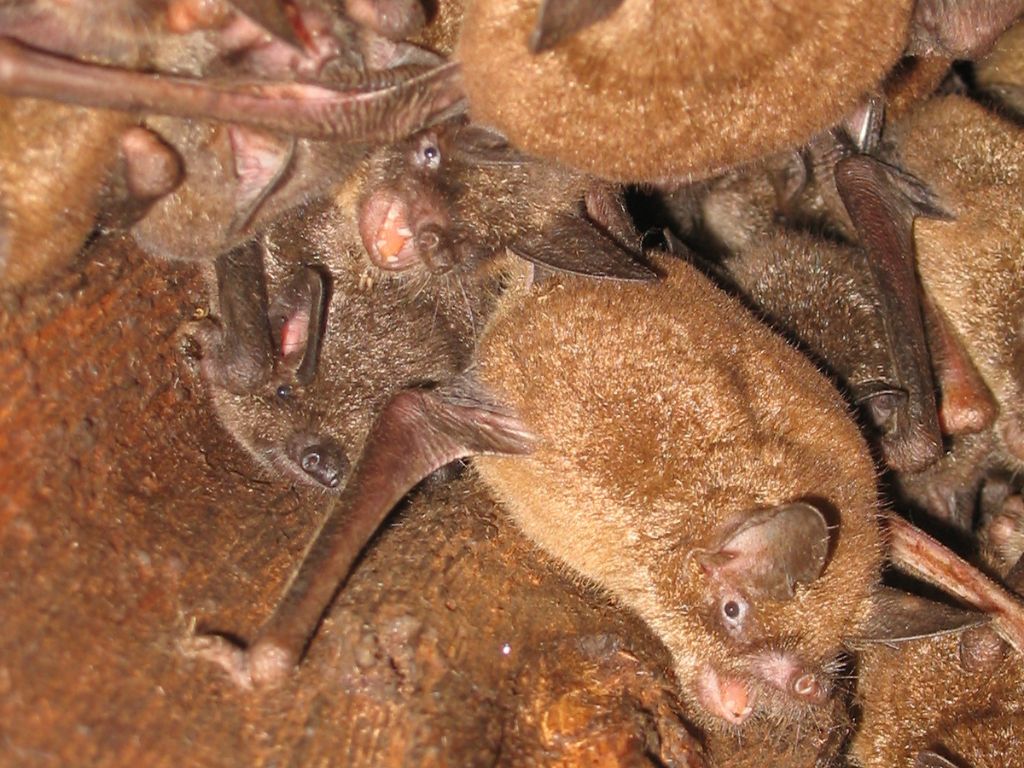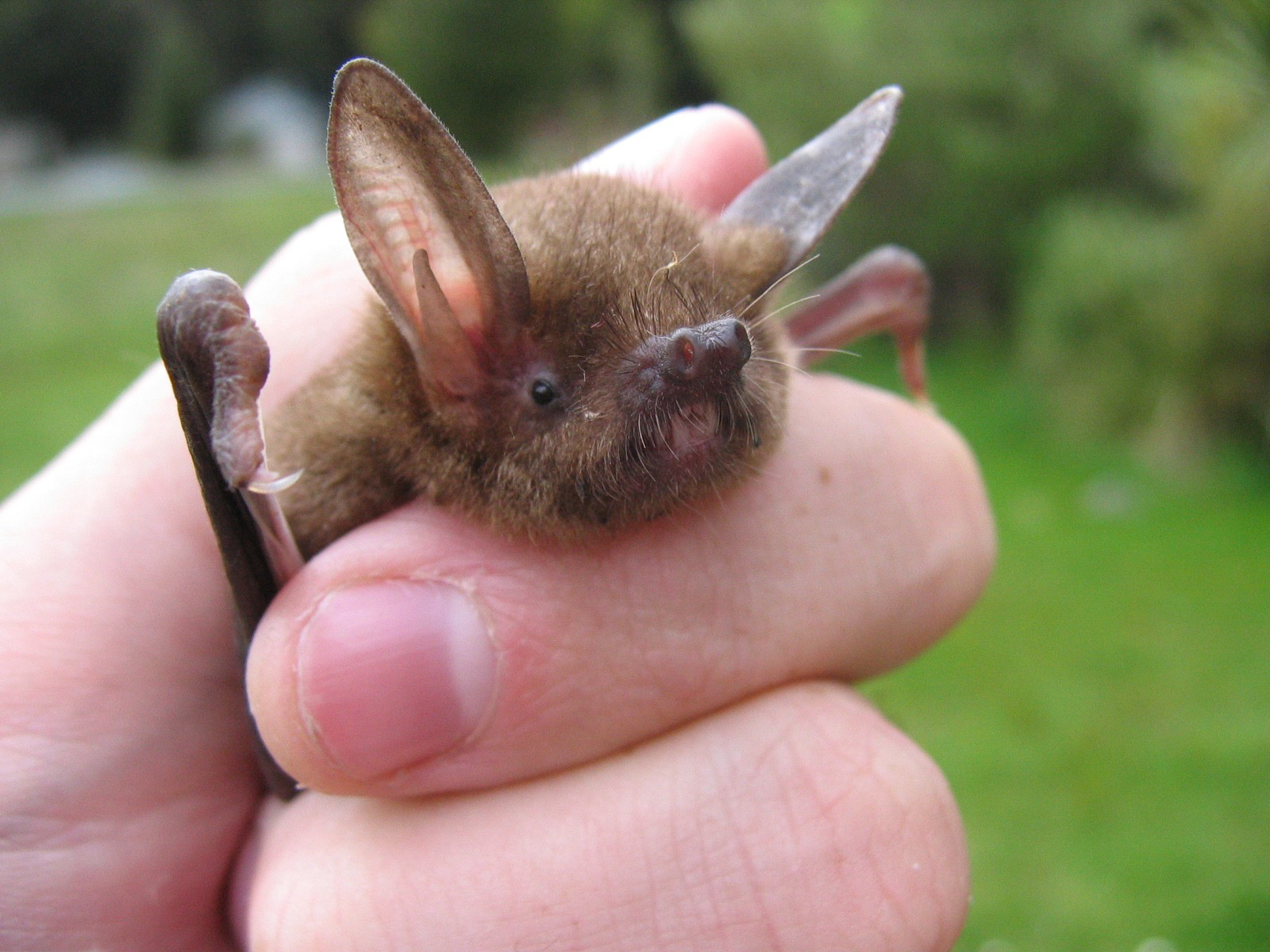Aotearoa New Zealand’s biodiversity extends far beyond our feathery friends. Prepare to be wowed by these five native species, from bizarre fuzzy weevils to very smelly bats.
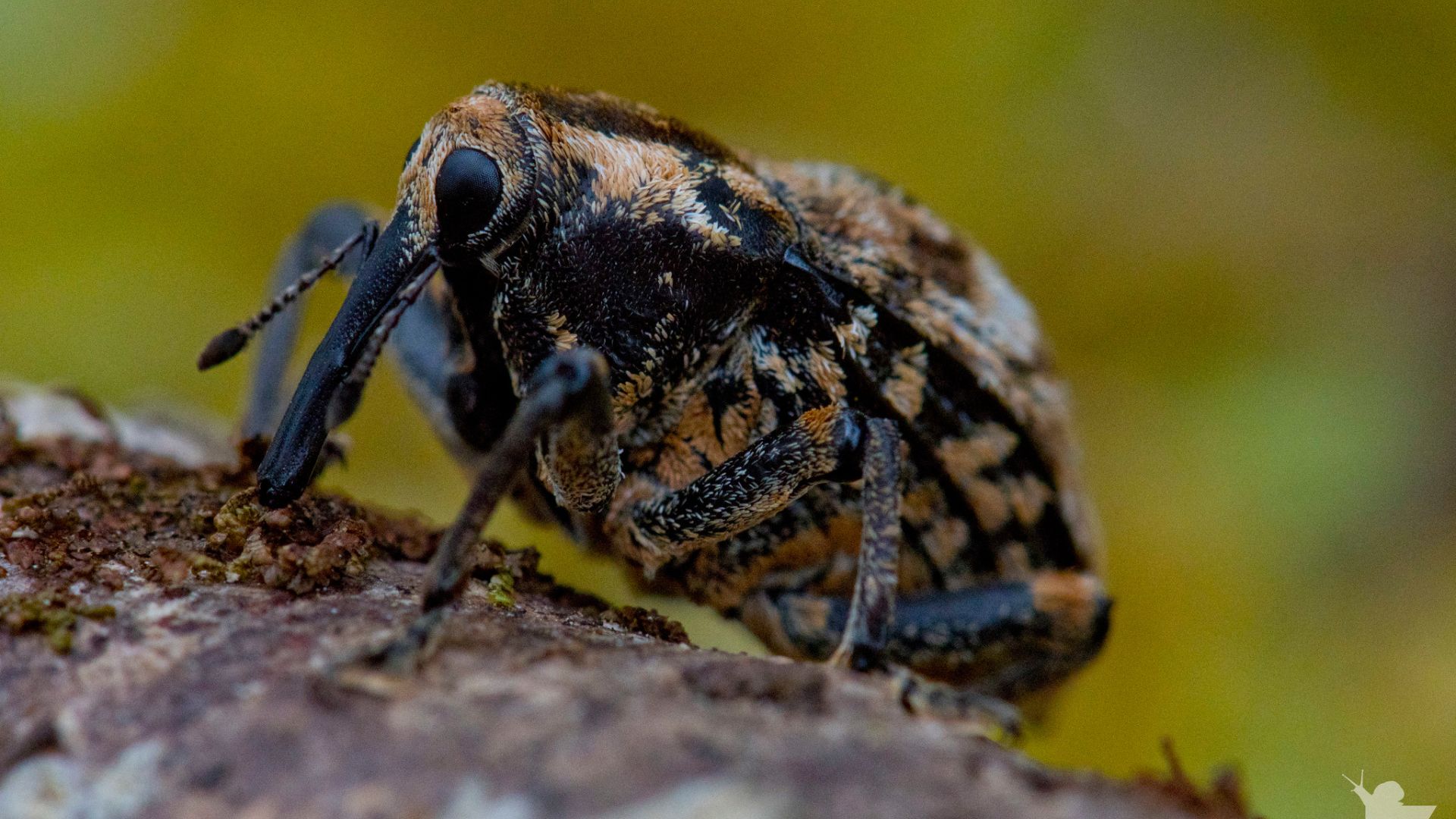
Elephant weevils – the fuzzy architects of the trees
The elephant weevil is a strange critter found throughout New Zealand. This stout little insect is adorned with an orange furry-looking coat and boasts a bulbous snout known as a rostrum. You won’t believe what this little creature does with its snout; it uses it to lay eggs inside native trees!
Their larvae are tunnelers, carving intricate passageways within branches and trunks of specific trees like kauri, taraire, and rimu.
But things get even more interesting. The elephant weevil plays host to New Zealand’s largest native parasitic wasp – Certonotus fractinervis. The female wasp, with her extremely long ovipositor, drills holes into tree trunks targeting the larvae of elephant weevils as prime real estate for her own eggs.
Those elephant weevil larvae unwittingly become nurseries for the developing wasp babies.
Suter’s skink – the nocturnal egg-layer
The Suter’s skink breaks the mould in more ways than one. They are the only New Zealand skink that lays eggs, hence one of its common names, the ‘egg-laying skink’. All of our other native skinks are viviparous (meaning they give birth to live young).
These skinks live along rocky coastlines, boulder beaches, rocky platforms, rocky islets, and sandy beaches with pebble banks.
Living in such extreme environments has led the Suter’s skink to develop interesting adaptations. They have specialised nasal glands to get rid of excess salts, will dive underwater in rock pools for food, and remarkably, they can remain underwater for over 20 minutes!
Chatham fat-legged wētā – the leg day enthusiast
Wētā are already an unusual bunch, but the Chatham fat-legged wētā stands out for its well-developed leg muscles. Found on the Chatham Islands, this species of cave wētā boasts impressively thick legs, though the exact reason for this peculiarity remains a mystery.
While it was once believed that their large hind legs helped them dig burrows, there is no clear evidence that these wētā dig burrows or how their hind legs would be used to dig.
The prevailing theory suggests that their thick legs keep them safe while they are in their roost holes! These wētā enter their roosts head-first so that only their legs are exposed if the hole is too short. By having large hind legs, the weta effectively has an impenetrable leg barrier, which can keep its vulnerable body safe.

Kōaro – the climbing fish
Kōaro, also known as climbing galaxiids, are fish with an extraordinary talent for climbing. These remarkable creatures are found in freshwater streams and rivers across New Zealand. With their strong muscles and uniquely adapted broad fins featuring a textured grip, they can conquer vertical waterfalls.
Solitary and primarily nocturnal, kōaro thrive in fast-flowing streams nestled within cool tussock or forest environments. Kōaro have a lifespan of 15 years or more. In their quest for suitable habitats, kōaro can embark on remarkable journeys – venturing as far as 400 kilometres inland and can climb as high as 1,300 meters.
Lesser short-tailed bat – the smelly serenader
When it comes to setting the mood, the lesser short-tailed bat is a true expert, combining a romantic playlist with a unique aroma.
These bats engage in a rare type of courtship known as lek breeding, typically observed in birds. In fact, our short-tailed bats are one of only two bat species globally known to court this way.
Male bats find suitable tree cavities to use as singing roosts, sometimes shared by several males who take turns using them. These roosts are often located near the daytime roosts of females, maximising the chances of their love songs being heard.
But the males don’t rely solely on their mesmerising songs. They have a secret trick: scent marking. They collect urine with their hind feet, give themselves a good rub, particularly under the chin, and leave their signature scent on the entrance to their singing roosts.
From climbing fish to leg day enthusiast wētā, let’s celebrate and protect the extraordinary native creatures that share our home. Did you know New Zealand has the highest proportion of threatened indigenous species in the world?
Controlling introduced predators is crucial to help our native species thrive. You can do your bit by trapping in your backyard, joining a local conservation group or planting natives.






